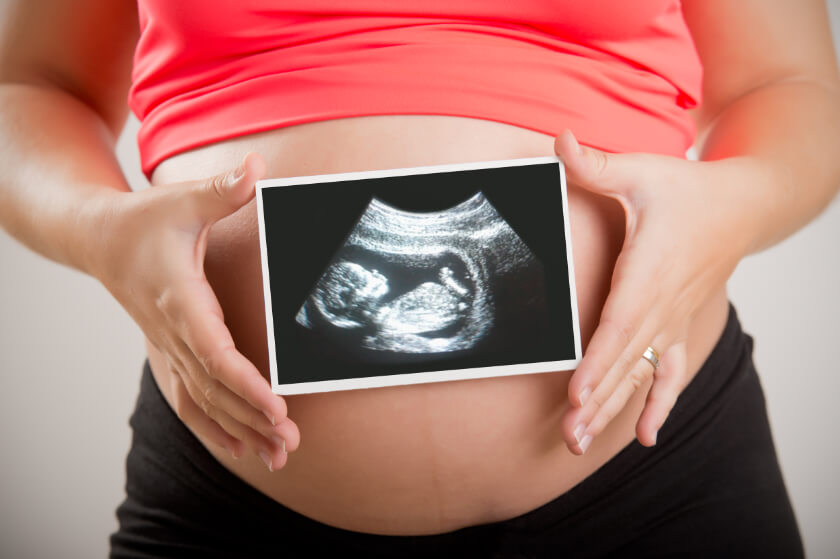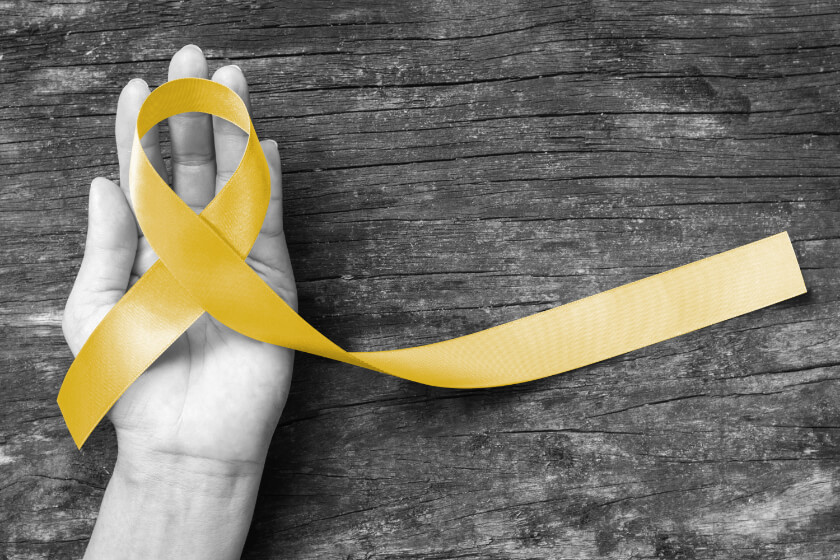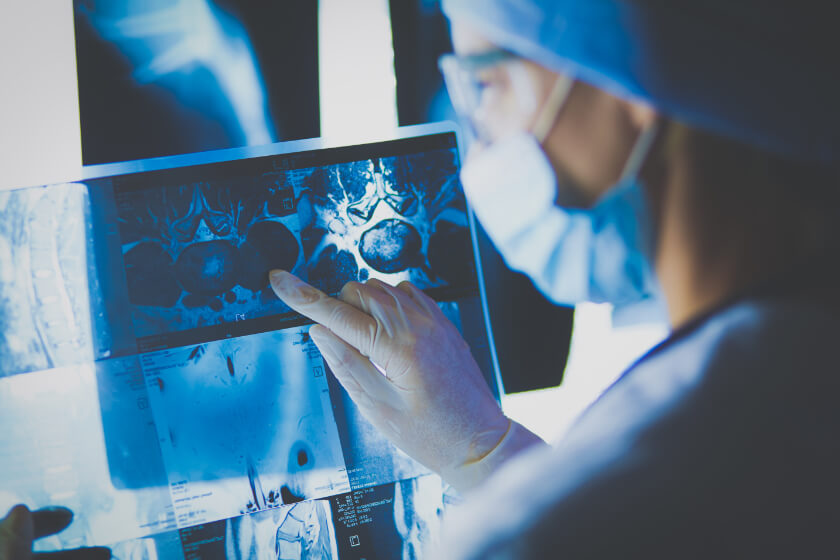
Types of Arthritis

Arthritis is a common and sometimes debilitating condition. It affects about 24 percent of all adults, or 58.5 million people in the United States, according to the Centers for Disease Control and Prevention. It is a leading cause of work disability, limiting the types of work people can do or even preventing them from working at all.
Arthritis is a condition that causes inflammation of one or more joints and surrounding tissue. There are more than 100 forms of arthritis and related conditions, according to the Arthritis Foundation. Each form of arthritis affects the joints and surrounding tissue a little differently, so each type can cause different kinds of pain.
Joints are parts of the body where two or more bones come together to allow for movement of a body part. Cartilage covers the surface of bones to reduce friction when bones rub together. Ligaments surround the joint to provide support, while tendons connect muscle to bone. Arthritis can affect each of these structures to cause pain, stiffness, and disability.
Most Common Types of Arthritis
Osteoarthritis
Affecting more than 32.5 million adults in the United States, osteoarthritis (OA) is the most common form of arthritis. Many people refer to it as “wear and tear” arthritis or degenerative joint disease. OA develops most often in the hands, hips, and knees.
In osteoarthritis, the cartilage within the joint begins to break down; the bone beneath the cartilage also undergoes changes. The changes associated with OA tend to develop slowly and worsen over time.
Symptoms of osteoarthritis include:
- Pain
- Stiffness
- Swelling
Rheumatoid Arthritis
Rheumatoid arthritis (RA) is an inflammatory disease that causes swelling in the lining of the joint that eventually damages the joint tissue. Damage to this tissue can cause chronic pain, unsteadiness and lack of balance, and deformity of the affected joint.
RA is an autoimmune disease, which means it develops when the body’s immune system attacks healthy cells by mistake. Rheumatoid arthritis mainly affects the joints, but it can also damage other tissue to cause problems in the lungs, heart and eyes.
This form of arthritis often affects many joints at once. Rheumatoid arthritis commonly affects joints in the hands, wrists, and knees.
Symptoms of rheumatoid arthritis include:
- Pain, aching or stiffness in more than one joint
- Swelling and tenderness in more than one joint
- Same symptoms on both sides of the person’s body, such as in both their hands or both of their knees
- Fever
- Unintended weight loss
- Weakness
- Fatigue
Childhood Arthritis
Also known as juvenile arthritis, childhood arthritis occurs in children. It triggers inflammation that causes stiffness of the joints. Some children may experience pain or even walk with a limp. With treatment, some children with juvenile arthritis grow out of it, while others need ongoing treatment as adults.
Medical professionals classify childhood arthritis into three categories based on the number of joints involved, which joints are involved, the symptoms and their duration, and the presence of certain antibodies produced by the immune system.
There are three types of childhood arthritis:
Pauciarticular – typically involving 4 or fewer joints, and especially the large joints of the knees, ankles, or elbows
Polyarticular – affects 5 or more joints, tends to affect small joints, such as hands and feet
Systemic – the least common but most serious, affecting one or more joints and causing inflammation of internal organs, such as the heart, spleen, liver, and lymph nodes
Gout
Gout causes inflammation, usually one joint at a time. It often affects the big toe joint, but can also affect the joints of other toes, the ankle, and the knee.
Symptoms of gout include:
- Pain, often intense
- Swelling
- Redness and warmth of the joint
- Heat
Symptoms can get worse during “flares,” and then disappear during remission. Flares can start suddenly and last for days or weeks, followed by months or years of remission. Repeated bouts of gout can cause gouty arthritis, which is a progressive form of arthritis that gets worse over time.
Imaging Helps Doctors Diagnose Arthritis
Imaging helps doctors see what’s happening to the joints and joint tissue. Doctors sometimes use x-rays to assess joint changes associated with osteoarthritis, rheumatoid arthritis, and other forms of this disease.
Ultrasound and MRIs can detect joint changes sooner, which gives patients a chance to prevent further joint damage. Ultrasound uses sound waves to create images that may show inflammation in the tendons that connect muscle to bones and the synovial tissue that lines the joint.
MRIs use powerful magnets to create 3-D images of bones, joints, and soft tissue. MRIs can detect buildup of fluid in bone marrow, which can predict future bone erosion associated with arthritis and prompt the doctor to recommend more aggressive treatment for arthritis. An extremity MRI is especially helpful for creating images of the arms, legs, hands, and feet where arthritis often strikes.
For more information on the different types of arthritis, speak to your doctor or medical imaging professional. Early detection can lead to early treatment that slows the progression of arthritis and reduces disability.




